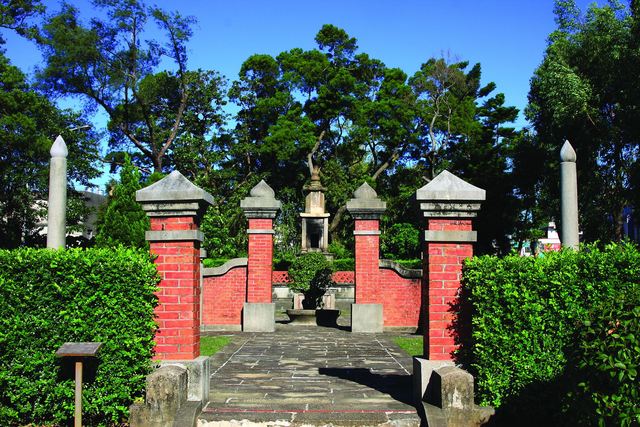Longtan Holy Temple Introduction
In ancient times, people established "Jingzi Pavilion" or "Xizi Pavilion" to honor the transmission of knowledge and the power brought by writing, serving as furnaces for burning paper with characters. The Hakka people have traditionally valued literary culture, which is why there are many Jingzi Pavilions in their settlements. The Shengji Pavilion in Longtan is currently the best-preserved and largest Jingzi Pavilion in the country, built in 1875 with funding from scholar Gu Xiangxian and others. The appearance of the Shengji Pavilion we see today was renovated in 1925 during the Japanese occupation. The entire pavilion is designed with a symmetric central axis, featuring the pavilion body, middle gate, and head gate, giving the area an ethereal and solemn feeling of order. The raised stone pens on both sides enhance the elevated status of ancient literary culture and respect for written materials. The middle gate, composed of the flowing cloud walls and the "Eight-Character Gate," showcases the designer's understanding and care for the essence of the Jingzi Pavilion at that time. Source: Cultural Affairs Bureau of the government.




































